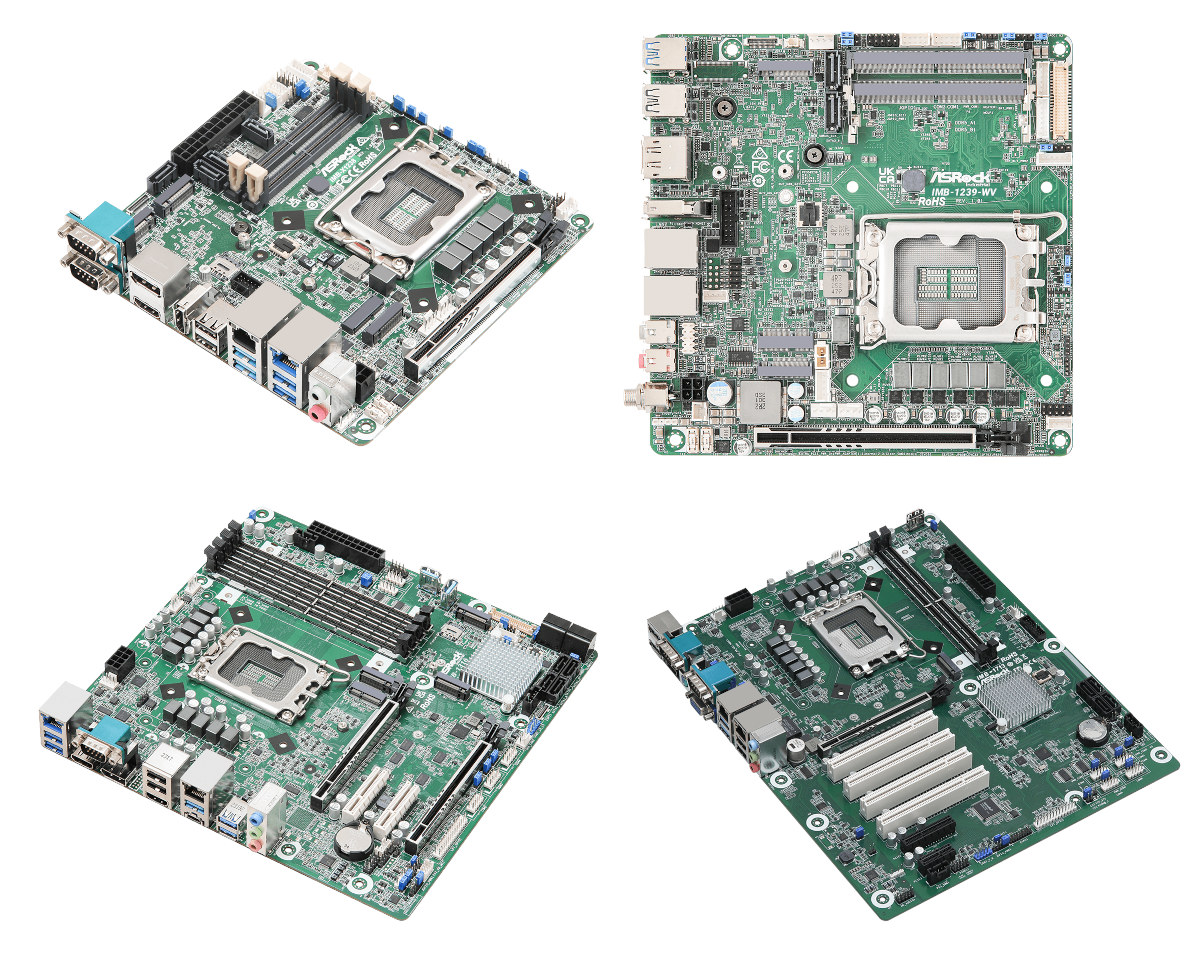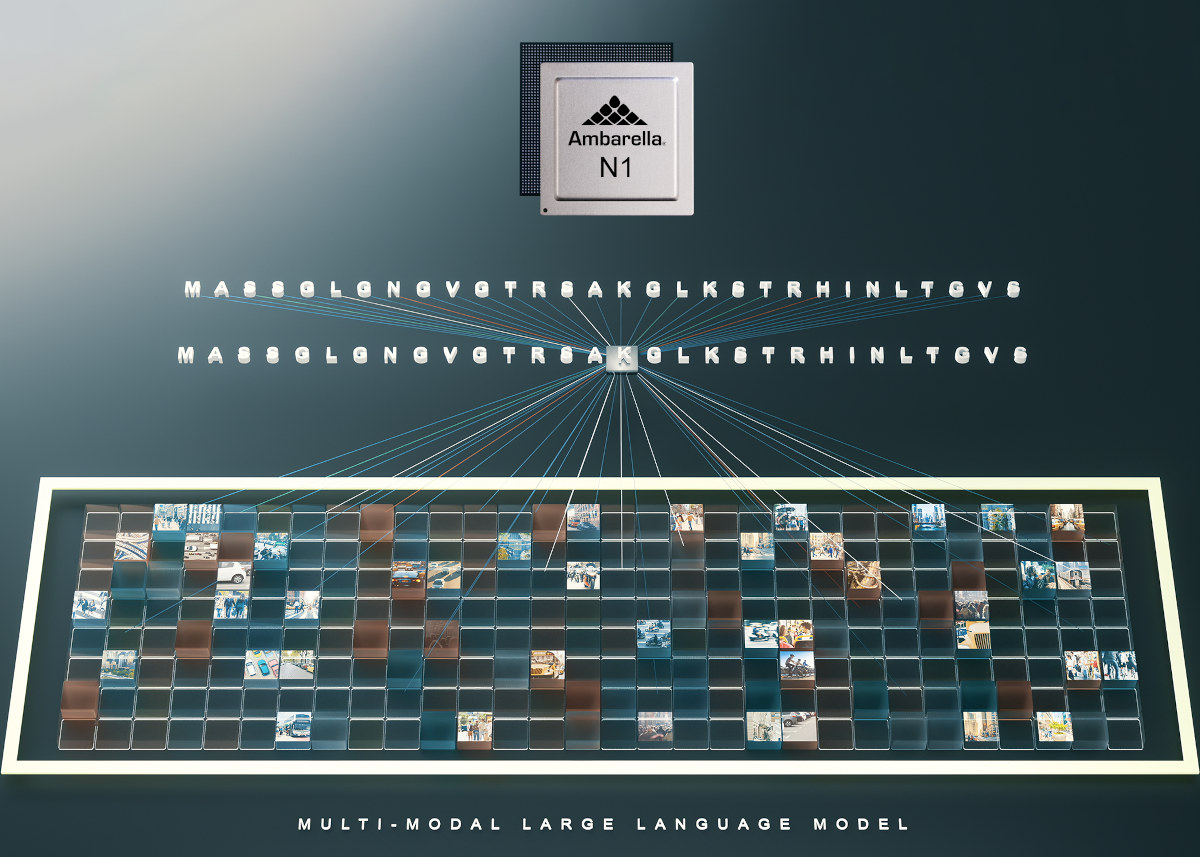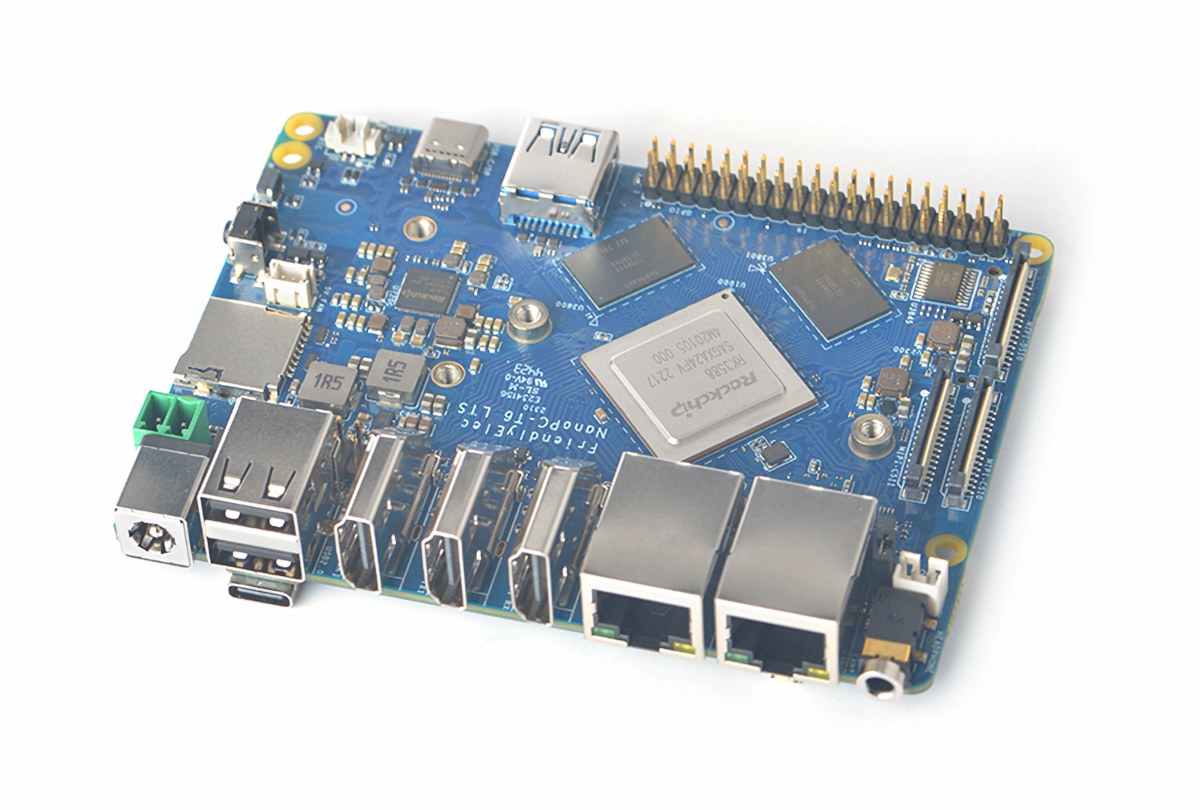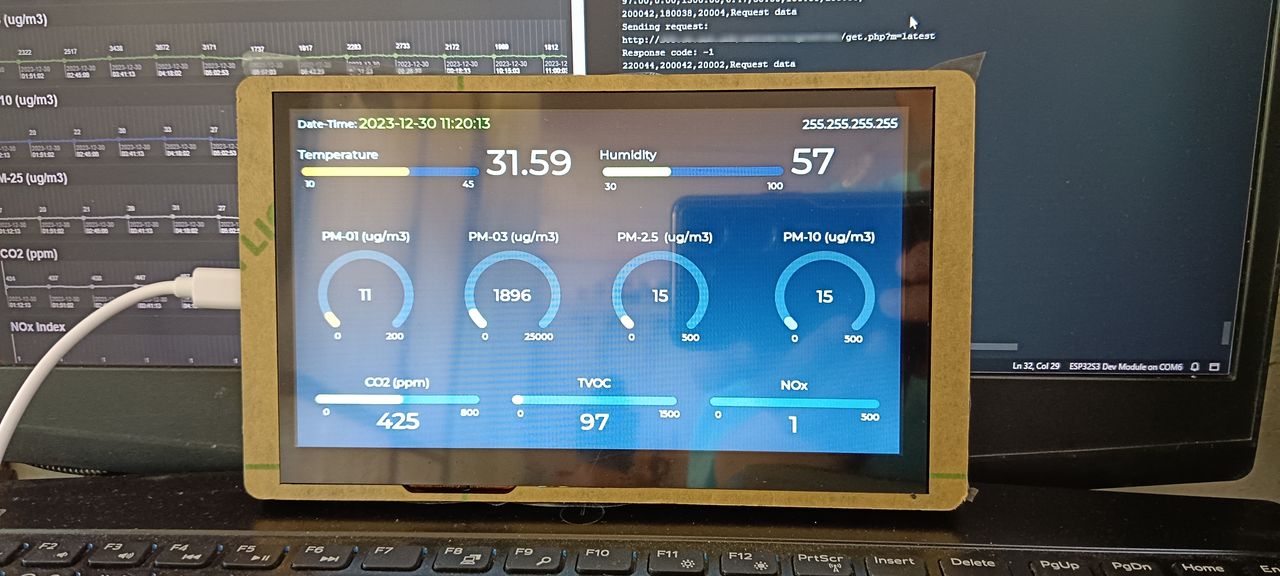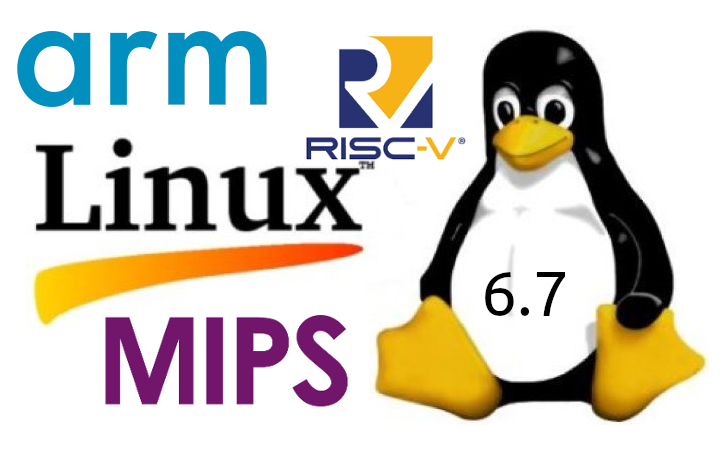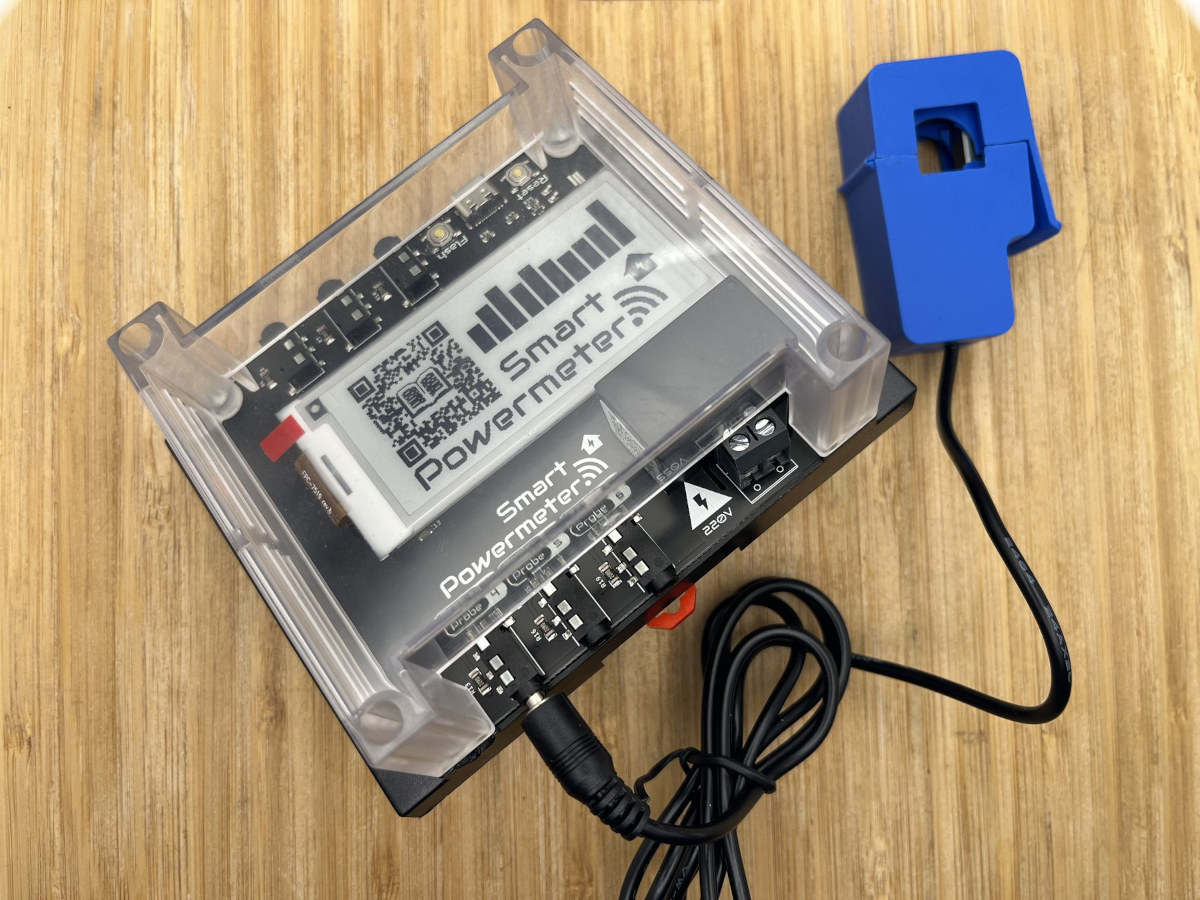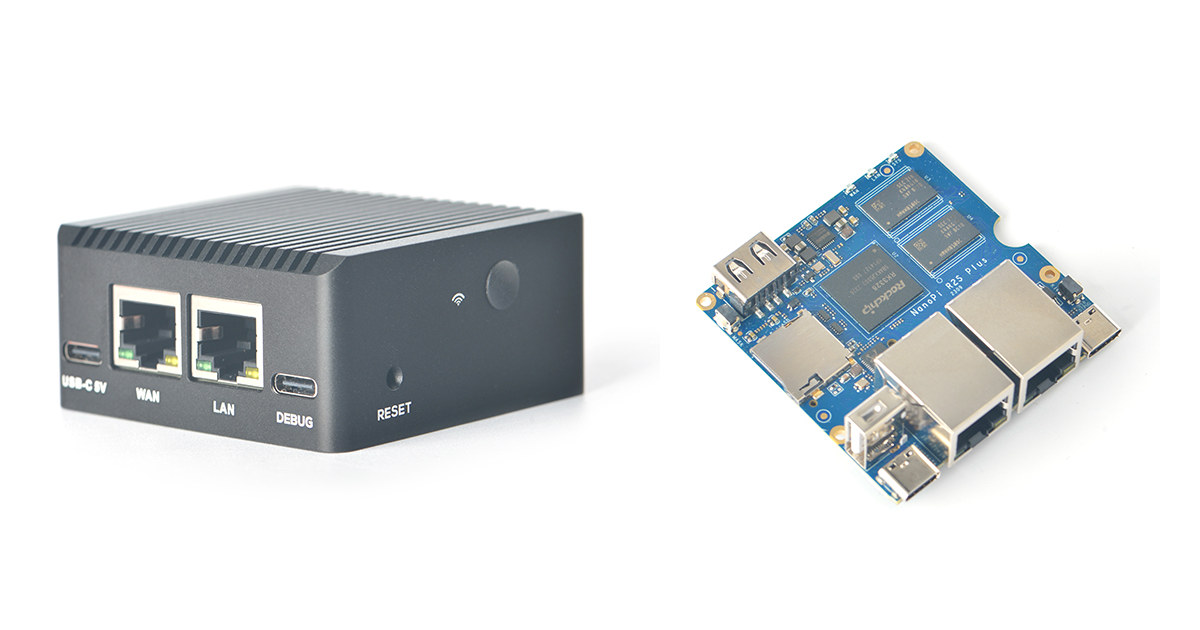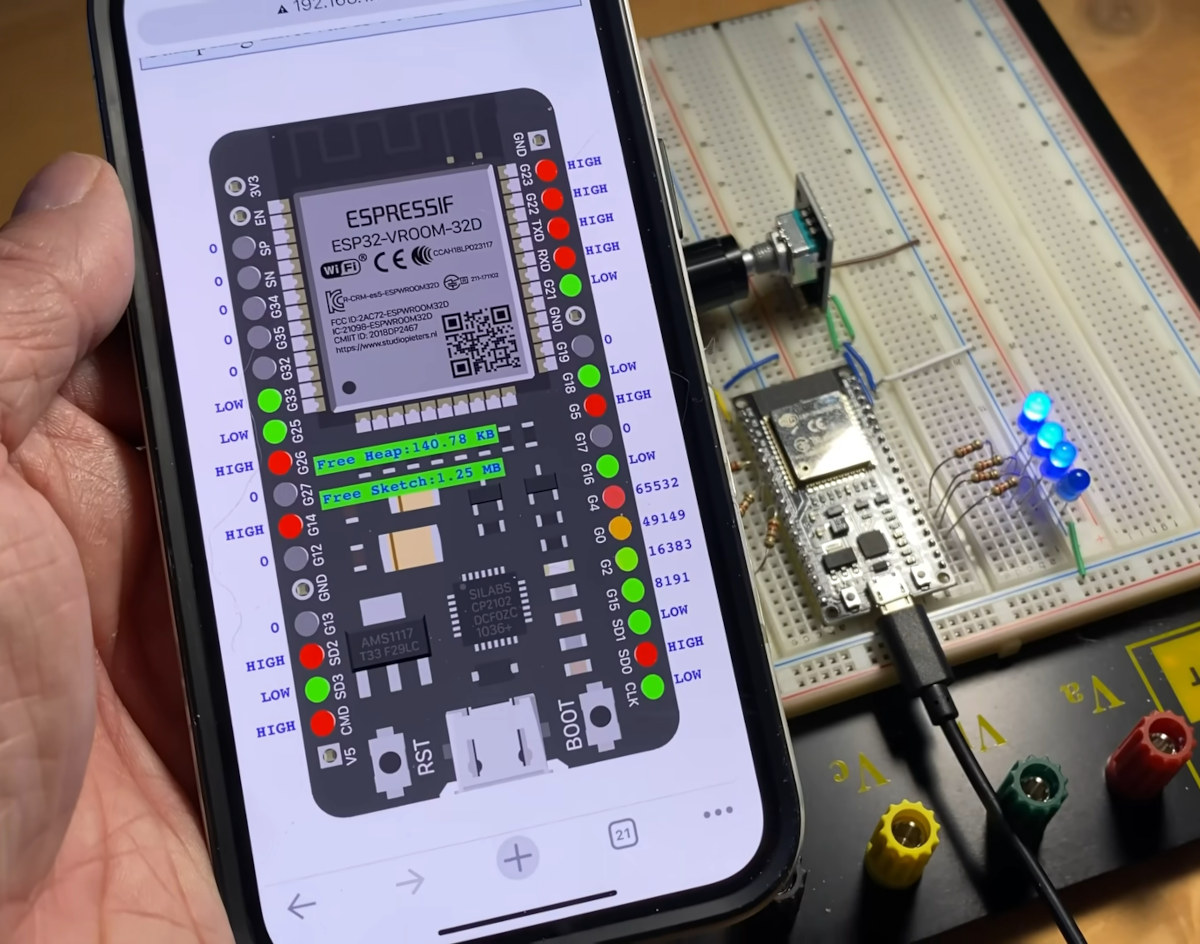ASRock Industrial has just announced 25 (twenty-five!) industrial motherboards powered by 14th gen Intel Core Raptor Lake-S Refresh hybrid processors with up to 24 cores and 32 threads introduced last October, and supporting up to 96GB DDR5 4800/5600 memory. The thin and high-rise mini-ITX, micro-ATX, and ATX industrial motherboards support up to four 4K displays, PCIe Gen5 interfaces, up to three 2.5GbE ports (and 10GbE LAN for the IMB-X1316-10G model), and USB 3.2 Gen2x2 (20 Gbps) ports for factory automation, robotics, machine vision, smart retail, kiosks, digital signage, gaming, security, and more. I would usually list the specifications of the motherboards, but since we have 25 different models, I’ll skip that and provide a summary. One reason ASRock Industrial has so many models is that those are existing motherboards with socketed processors and the company offered 12th and 13th gen CPUs so far, and the company simply updated the BIOS […]
Ambarella N1 SoC brings Generative AI to the edge for video analytics, robotics, industrial applications
Ambarella has been working on adding support for generative AI and multi-modal large language models (LLMs) to its AI Edge processors including the new 50W N1 SoC series with server-grade performance and the 5W CV72S for mid-range applications at a fraction of the power-per-inference of leading GPU solutions. Last year, Generative AI was mostly offered as a cloud solution, but we’ve also seen LLM running on single board computers thanks to open-source projects such as Llama2 and Whispter, and analysts such as Alexander Harrowell, Principal Analyst, at Omdia expect that “virtually every edge application will get enhanced by generative AI in the next 18 months”. The Generative AI and LLM solutions running on Ambarella AI Edge processors will be used for video analytics, robotics, and various industrial applications. Compared to GPUs and other AI accelerators, Ambarella provides AI Edge SoC solutions that are up to 3x more power-efficient per generated […]
NanoPC-T6 LTS SBC adds USB ports, 32MB SPI flash, drops 4G LTE support
NanoPC-T6 LTS is an update to the Rockchip RK3588-powered NanoPC-T6 SBC introduced in May 2023, which removes the mini PCIe socket and SIM card slot for 4G LTE connectivity, but adds two USB 2.0 ports, a USB-C debug port, a 10-pin header with UART and USB 2.0, and comes with 32MB SPI flash by default. The single board computer is offered with up to 16GB RAM and 256GB eMMC flash and also features M.2 sockets for NVMe storage and a wireless module, two 2.5GbE RJ45 ports, two HDMI 2.1 output ports, one HDMI 2.0 input port, MIPI DSI and CSI interfaces, and a 40-pin GPIO header for expansion. NanoPC-T6 LTS specifications with changes in bold or strikethrough: SoC – Rockchip RK3588 CPU – Octa-core processor with 4x Cortex-A76 cores @ up to 2.4 GHz, 4x Cortex-A55 cores @ 1.8 GHz GPU – Arm Mali-G610 MP4 GPU with support for OpenGL […]
Review of Elecrow’s 3.5-inch and 7.0-inch ESP32 display modules using Arduino programming
Hello, I’m excited to review the ESP32 display modules and HMI touchscreens from Elecrow with sizes ranging from 2.4 to 7.0 inches. For this review, Elecrow kindly provided me with both 3.5-inch and 7.0-inch models. While their screens differ in size, both modules share several components, such as the ESP32 microcontroller, making them adaptable options for a variety of projects. The Elecrow 7.0-inch display module is powered by the ESP32-S3-WROOM-1-N4R8 module equipped with an ESP32-S3 dual-core LX6 32-bit microprocessor, 4 MB of flash, 384 kB of ROM, and 512 kB of SRAM. This microcontroller supports both WiFi and Bluetooth for wireless communication. The 7.0-inch display itself is a capacitive touch screen with a resolution of 800×480 pixels. The display is controlled by the EK9716BD3/EK73002ACGB driver and is compatible with LVGL for additional functionality. In the case of the 3.5-inch display module, the main difference is the use of the ESP32-WROOM-32-N4 […]
Linux 6.7 release – Main changes, Arm, RISC-V, and MIPS architectures
Linus Torvalds has just announced the release of Linux 6.7, following Linux 6.6 LTS a little over two months ago: So we had a little bit more going on last week compared to the holiday week before that, but certainly not enough to make me think we’d want to delay this any further. End result: 6.7 is (in number of commits: over 17k non-merge commits, with 1k+ merges) one of the largest kernel releases we’ve ever had, but the extra rc8 week was purely due to timing with the holidays, not about any difficulties with the larger release. The main changes this last week were a few DRM updates (mainly fixes for new hw enablement in this version – both amd and nouveau), some more bcachefs fixes (and bcachefs is obviously new to 6.7 and one of the reasons for the large number of commits), and then a few random […]
ESPHome compatible “Smart Powermeter” supports up to 6 CT clamps
J.G.Aguado’s “Smart Powermeter” is an ESP32-S2 board with a 2.9-inch e-paper display designed to measure power consumption through up to six CT clamps, or Current Transformer clamps, that are each attached to one of the AC lines of a house or appliance. I used an MT87 Digital Clamp Multimeter nearly 10 years ago to easily and safely measure the power consumption of a whole house by simply clamping it on one of the cables outside and reading the results on the display. The Smart Powermeter works in the same way but can perform measurements for up to six devices, and besides seeing the results on the display the ESP32-S2 can also send the data to the cloud or local server for data gathering and analysis using ESPHome or Arduino firmware. Smart Powermeter specifications: Wireless module – ESP32-S2-MINI-1-N4R2 SoC – Espressif ESP32-S2FH4 CPU Single-core 32-bit LX7 microcontroller @ up to 240 […]
NanoPi R2S Plus dual GbE SBC and router gets 32GB flash, USB-C debug port, M.2 socket for WiFi
NanoPi R2S Plus dual GbE SBC and router is an update to the Rockchip RK3328-powered NanoPi R2S SBC that was introduced in 2020 with the new model adding a 32GB eMMC flash, a USB-C debug port for easier debugging without having to open the enclosure, and an M.2 socket for an optional SDIO WiFi module. The NanoPi R2 Plus still comes with 1GB DDR4 memory, a microSD card, two gigabit Ethernet ports implemented through the RK3328’s GMAC and a USB 3.0 controller, adds one extra USB 2.0 port, and ditches the micro USB port used for power with a USB-C port. NanoPi R2S Plus specifications: SoC – Rockchip RK3328 quad-core Cortex-A53 @ 1.5 GHz with Arm Mali-450MP2 System Memory – 1GB DDR4 RAM Storage – 32GB eMMC flash, MicroSD card slot, SPI flash footprint Connectivity 1x Gigabit Ethernet (WAN) up to 941 Mbps (measured) via Realtek RTL8211F gigabit Ethernet controller […]
Watch ESP32’s GPIO status in real-time in a web browser
GPIOViewer is an open-source Arduino library allowing users to monitor the GPIO pins status of their ESP32 board in real-time in a web browser for troubleshooting or fun. It’s different than the Wokwi ESP32 simulator that works entirely in a web browser since the GPIOViewer library sends GPIO status data of the actual hardware over WiFi to display the pin status as they change in a page rendered in a web browser from a choice of popular ESP32 development boards. The GPIOViewer library relies on the ESPAsyncWebServer Async web server for ESP8266 and ESP32 and the AsyncTCP asynchronous TCP library for ESP32 microcontrollers. The first two must be manually downloaded and installed, and the latter can be installed directly from the Arduino IDE’s Library Manager by searching for it. GPIOViewer has a 50 KB footprint, works with digital, analog, and PWM, and supports various ESP32-VROOM-32 development boards, Olimex ESP32-EVB and […]


